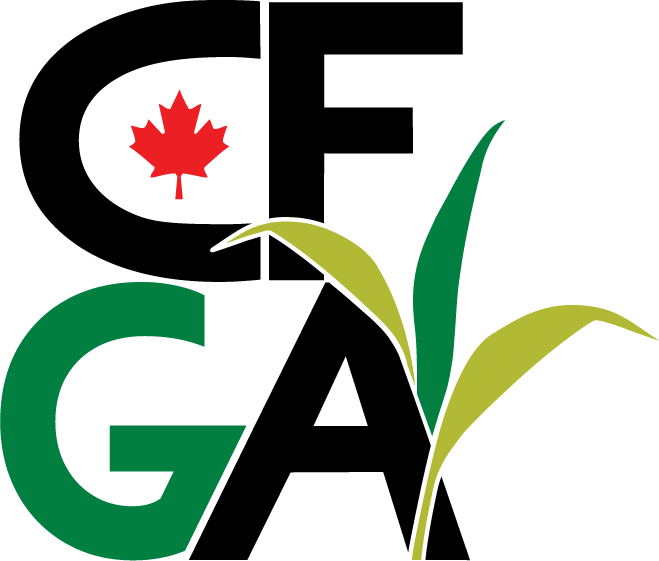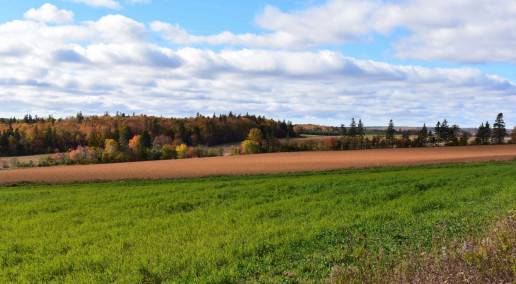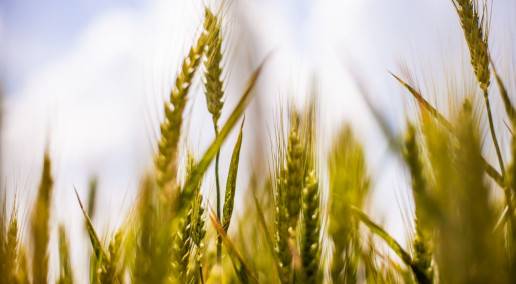During this session Jacques Nault examines advanced forage management practices to reduce whole farm GHG emissions from a Quebec perspective. He discusses climate change in agriculture, regenerative practices and business opportunities in the reduction of GHG for farmers.
Jacques Nault is founder and vice-president of Logiag, a consulting firm serving farmers and offering services in nutrient management plans (NMP), soil conservation and soil erosion control and drainage. Logiag also develops software systems, mostly for its own use, to support the field work of its agronomists and for other groups and organizations in agriculture. His current focus is the development and marketing of a climate-transition service for farmers where greenhouse gas (GHG) emissions and soil organic carbon are evaluated and regenerative practices are identified.
Logiag, is a network of independent agronomists serving 5500 farms in eastern North America. This includes a climate transition team, software and methods to reduce GHG emissions.
The goal is to transform carbon source into sink, to increase photosynthesis and always have soil covered, increase the proportion of carbon returning to soil and maintain carbon stock in soil. If we can increase zero point four per cent carbon contained in soil, we can halt annual CO2 increase in the atmosphere and increase soil organic carbon and fertility.
There can be difficulty implementing certain processes. We start small, with reduced use of mineral fertilizers, increase cover crops and introduce perennial crops like forages and hay.
These practices are appealing to pocketbooks and farm self-sufficiency. It is difficult for cash crop to grow hay, but for dairy/ruminant farms with more forage this is appealing, and is especially ideal with rotational grazing.
The climate crisis is a business opportunity for farmers.
How much is having farmers involved in carbon farming, and preventing /mitigating the climate crisis worth to society? Farmers must be able to capitalize on this. A service that is needed is easy to sell, The more it’s needed the higher the price.
There is a growing demand for low emission products in the agri-food sector. For example, General Mills made a commitment to reduce 30 per cent of their emissions by 2030. Some businesses who have reduction goals but cannot reduce themselves, buy credits. 90 per cent of the carbon footprint of food comes from farms, so distributors need to focus on low emission products from the farm.
Two ways that farmers can capitalize on GHG emissions are insetting and offsetting. Insetting is where the farmer receives financial incentive for GHG reduction in the food chain and offsetting is where the farmer sells GHG carbon credits.
The Federal Greenhouse Gas Offset System gives the option to compensate emissions with credit instead of paying carbon tax. Enhanced soil organic carbon will be a recognized method for this. This can be a farm financial asset.
Logiag’s approach is to use farm GHG inventory to measure SOC through sampling and LaserAg technology, to implement and track regenerative practices and measure GHG inventory and soil carbon. They recognize results through a certificate.
The climate crisis includes extreme weather, biodiversity loss, insect pests, food insecurity and economic instability. We need to do everything we can to avoid this. From 1990 to 2018 saw a simple. Ruminants, manure pits, soil, Fossil fuels from equipment and Indirect watershed emit24 per cent increase in GHG emissions from agriculture. On farms, accounting for GHG is CH4 and N2O. Soil Co2 exchange mineralization is the second most important contributor to the atmosphere after fossil fuels, but it can also regenerate CO2 in soil. This is a key opportunity, not only to reduce CO2 emissions, but remove it too. Farmers can work to reverse this climate crisis.
Back to Conference 2021



Leave a Comment